community engagement
Shifting Gears: Defensive Strategies for Multifamily Property Owners
Applying Lessons from 2007-2008

Photo by Keith Johnston on Unsplash
The 2007-2008 financial crisis is a vivid lesson for multifamily property owners. Economic instability and property devaluation had an enduring impact on the industry. Drawing on insights from this turbulent period, multifamily property management leaders can devise defensive strategies to protect their assets and weather potential economic shifts. Let’s unpack some circumstances surrounding the 2007-2008 crash, pinpoint critical challenges, and provide thoughts to guide defensive planning.
The 2007-2008 financial crisis, sparked by the subprime mortgage crisis, profoundly affected multifamily property owners, according to the U.S. Department of Housing and Urban Development. The sudden drop in property values, increased vacancies, and regulatory hurdles caught many unprepared. Without a defensive strategy, multifamily property owners suffered financial losses, community disintegration, and a long road to recovery. Understanding these challenges is crucial for preemptive action as we face uncertain times again.
The solutions to weathering potential economic turbulence lie in understanding the past, engaging with your community, making intelligent investments, and maintaining financial flexibility.
Understanding the past means delving into the 2007-2008 crisis lessons. Studying reports, such as the one released by the Federal Reserve in 2008, offers insights into the triggers and consequences of the crash. Multifamily property owners can predict warning signs and act proactively by knowing what went wrong.
Engaging with the community is not merely a good practice but a strategic advantage. According to the Urban Land Institute, properties with robust community connections witnessed fewer vacancies during the last crash. Regular communication, social events, and feedback mechanisms foster loyalty and stability by creating a sense of belonging.
Intelligent investments in property enhancements can also make a difference. According to a 2008 study by the Joint Center for Housing Studies at Harvard University, well-maintained properties fared significantly better during the downturn. Investing in amenities, technology, and sustainability improves appeal and long-term value.
Maintaining financial flexibility enables multifamily property owners to respond effectively to unforeseen economic changes. Diversifying income streams, building financial reserves, and monitoring cash flow were emphasized by the National Multi Housing Council’s 2007 report as critical to navigating economic challenges.
These strategies, informed by the harsh lessons of the 2007-2008 financial crisis, present a roadmap for multifamily property management leaders and executives to shift to a defensive position.
It is a matter of readiness, adaptability, and resilience.
Share this:
Igniting Success: The Tiny Spark with Enormous Potential
Harnessing the Power of Small Actions to Drive Significant Changes in Property Management

Photo by Jakub Skafiriak on Unsplash
Small actions can lead to substantial transformations. This concept mirrors the wisdom behind the saying, “A tiny spark carries huge potential.” The right approach, initiated with minimal effort, can revolutionize how you manage your properties.
Many leaders get caught up in the big picture and overlook the importance of the small details. They invest time and resources into grand strategies, ignoring the profound impact simple and consistent actions can have. As one angle of the quote implies, neglecting these small initiatives can lead to missed opportunities or even bigger challenges in managing your communities.
To address this challenge, one must first focus on communication. A simple commitment to open and regular communication with residents can enhance satisfaction and loyalty. Small dialogues can foster strong community bonds like a spark igniting a fire. Alongside communication, implementing consistent maintenance practices is vital. Regular checks and maintenance may seem minor but can prevent significant issues. Just as a tiny spark can lead to a fire, continuous care can prevent large-scale problems.
Training and development also play an essential role. Regular training sessions, even if short, can profoundly impact staff efficiency. These sparks of knowledge will eventually lead to a blaze of success. Community engagement is another area where small acts can lead to big results. Small community events or initiatives can lead to happier living environments. These sparks of joy and connection can create a stronger and more cohesive community.
Lastly, embracing technological innovation can change the game in property management. A single new technology can create a ripple effect across operations. It’s not unlike how a spark can create a conflagration; one new tool can revolutionize your entire approach.
These small but mighty changes can transform the way multifamily property management operates. Just as “a tiny spark carries huge potential,” these seemingly insignificant adjustments can light up the path to success in property management, sparking enormous results.

